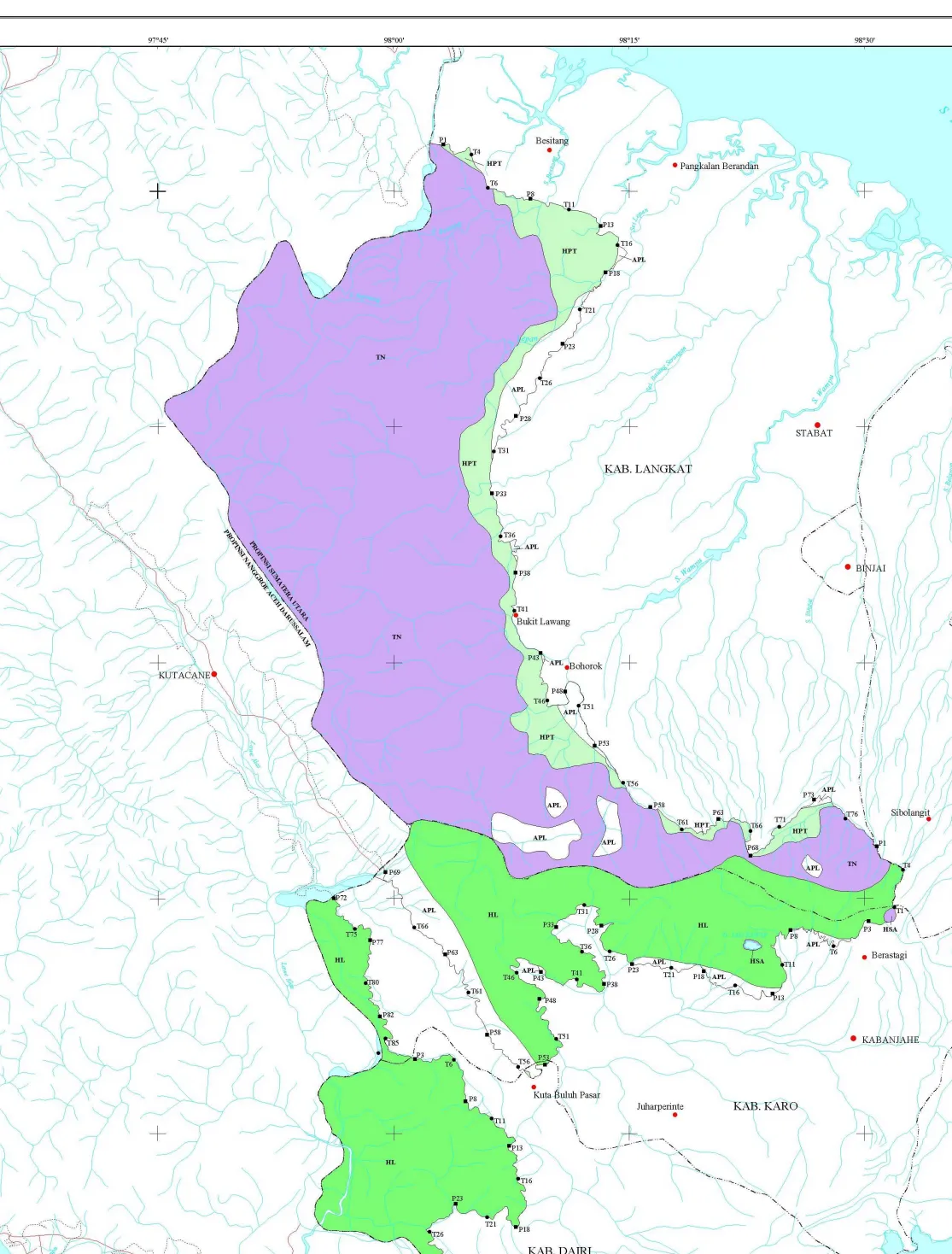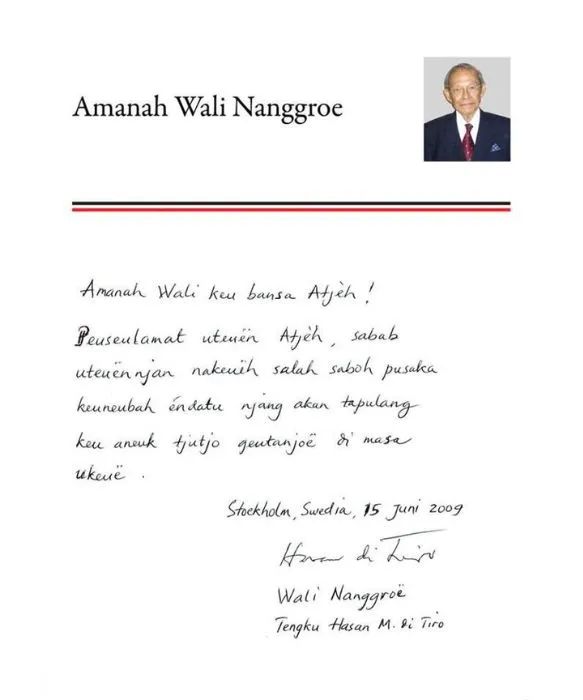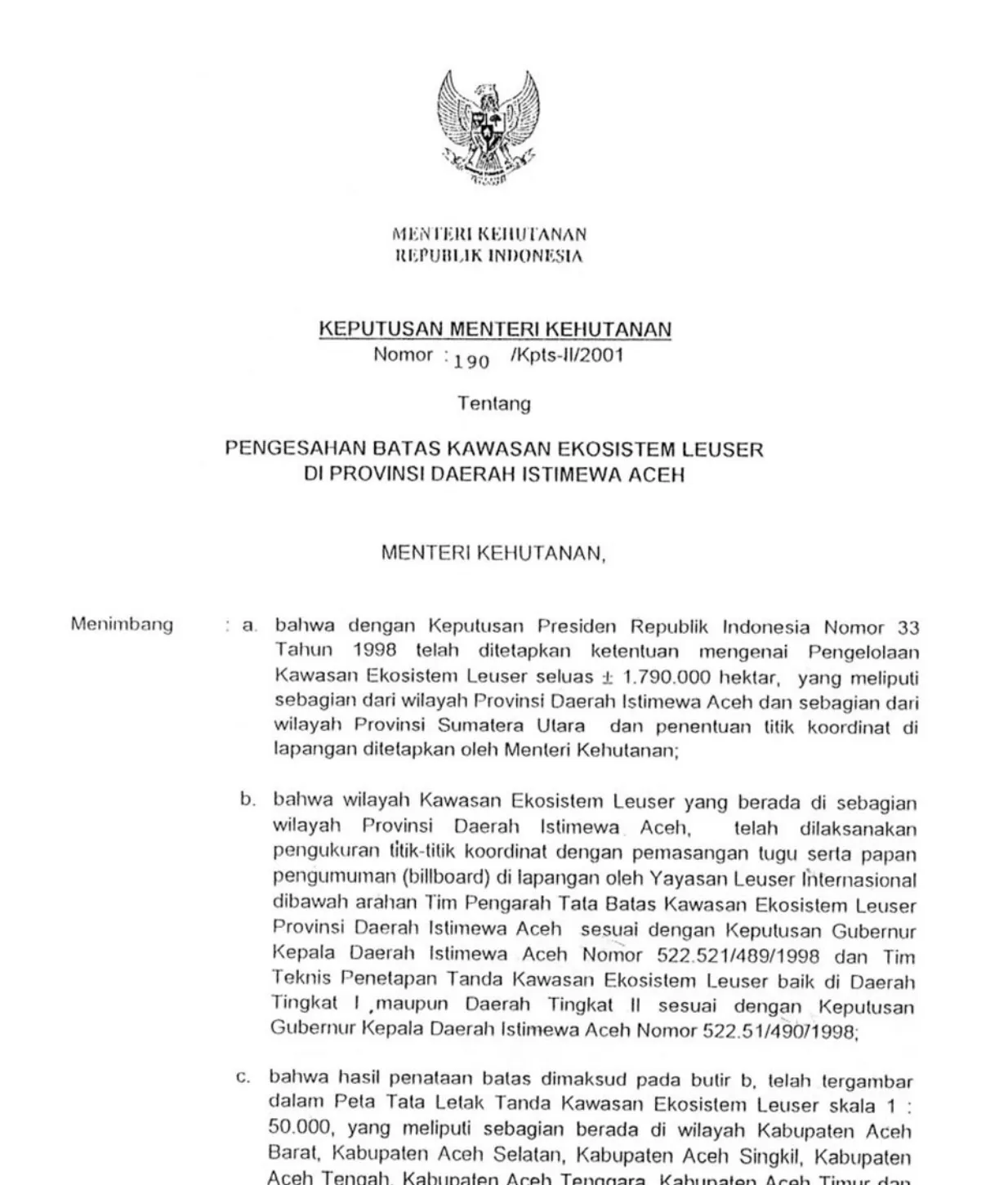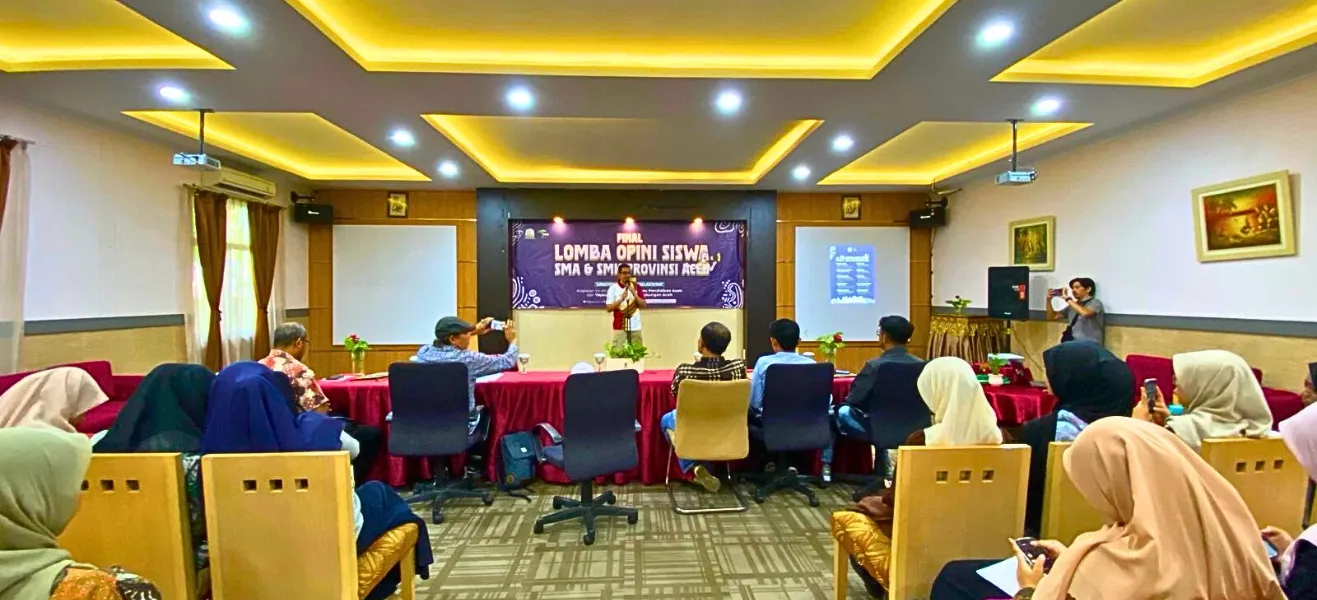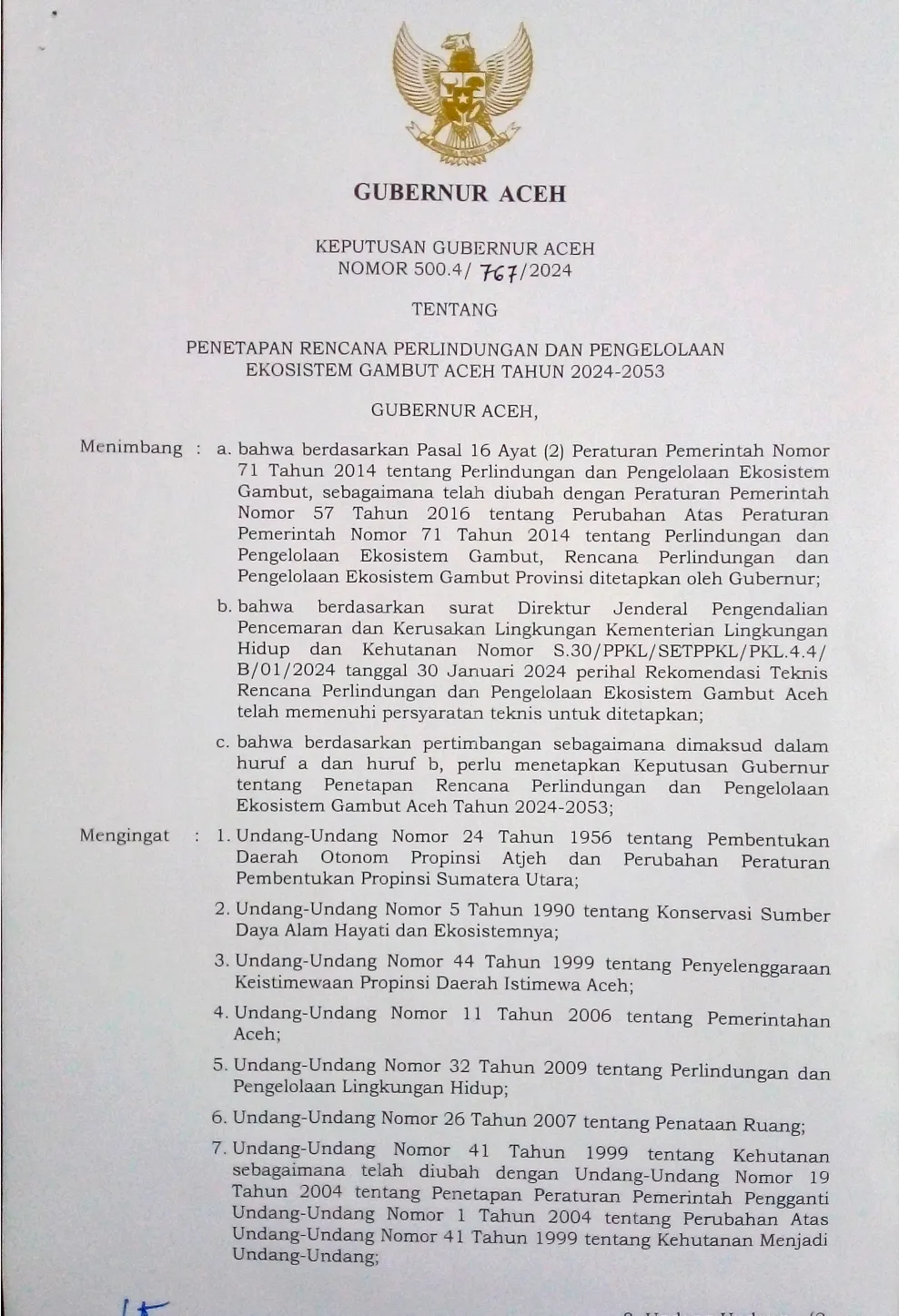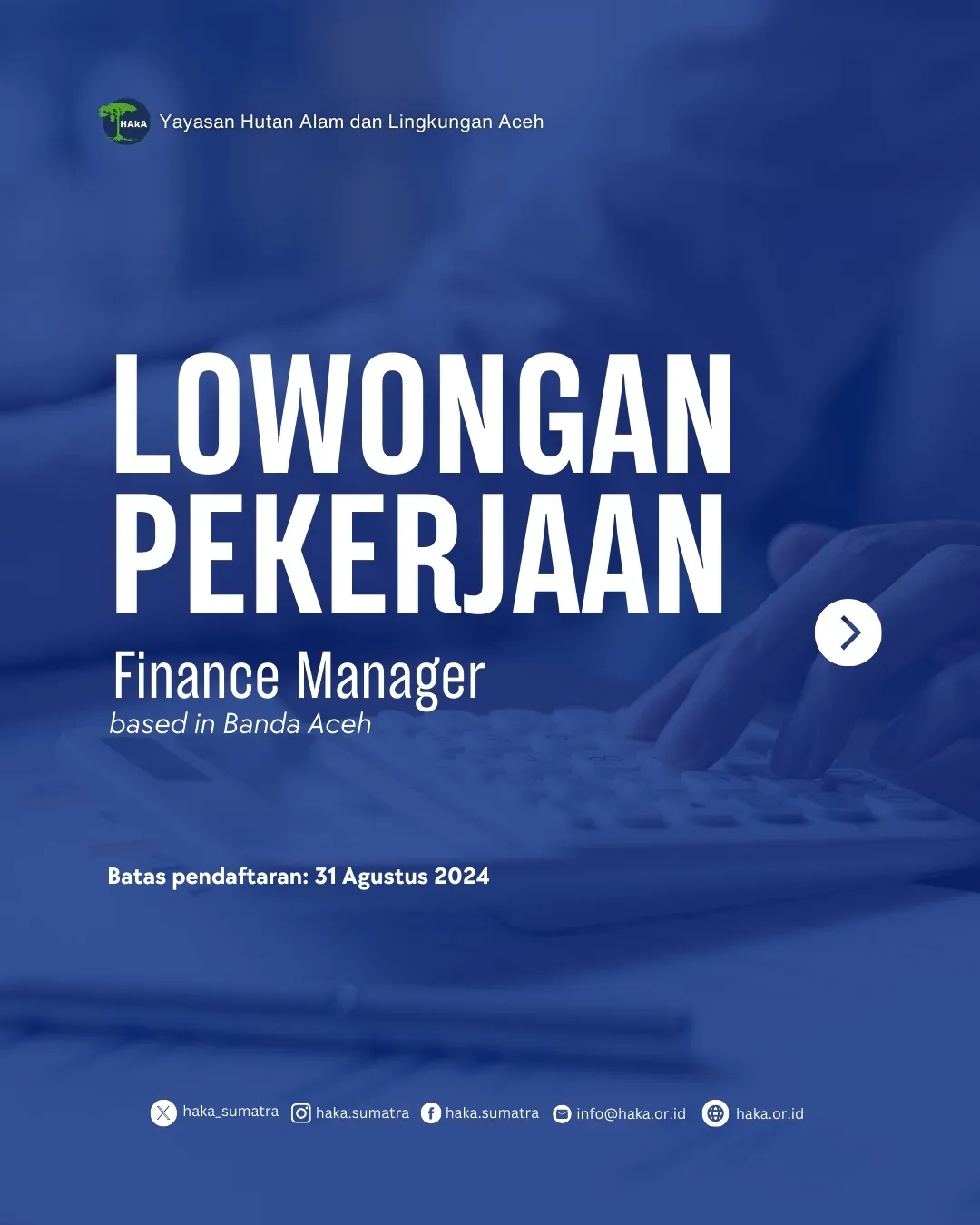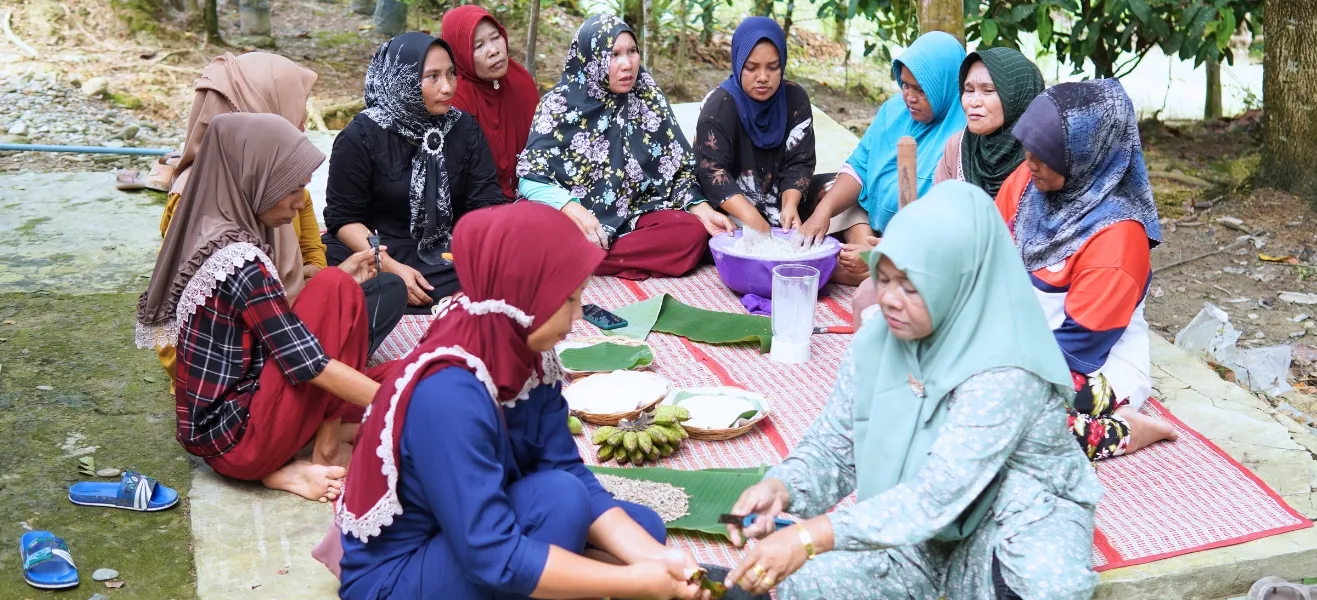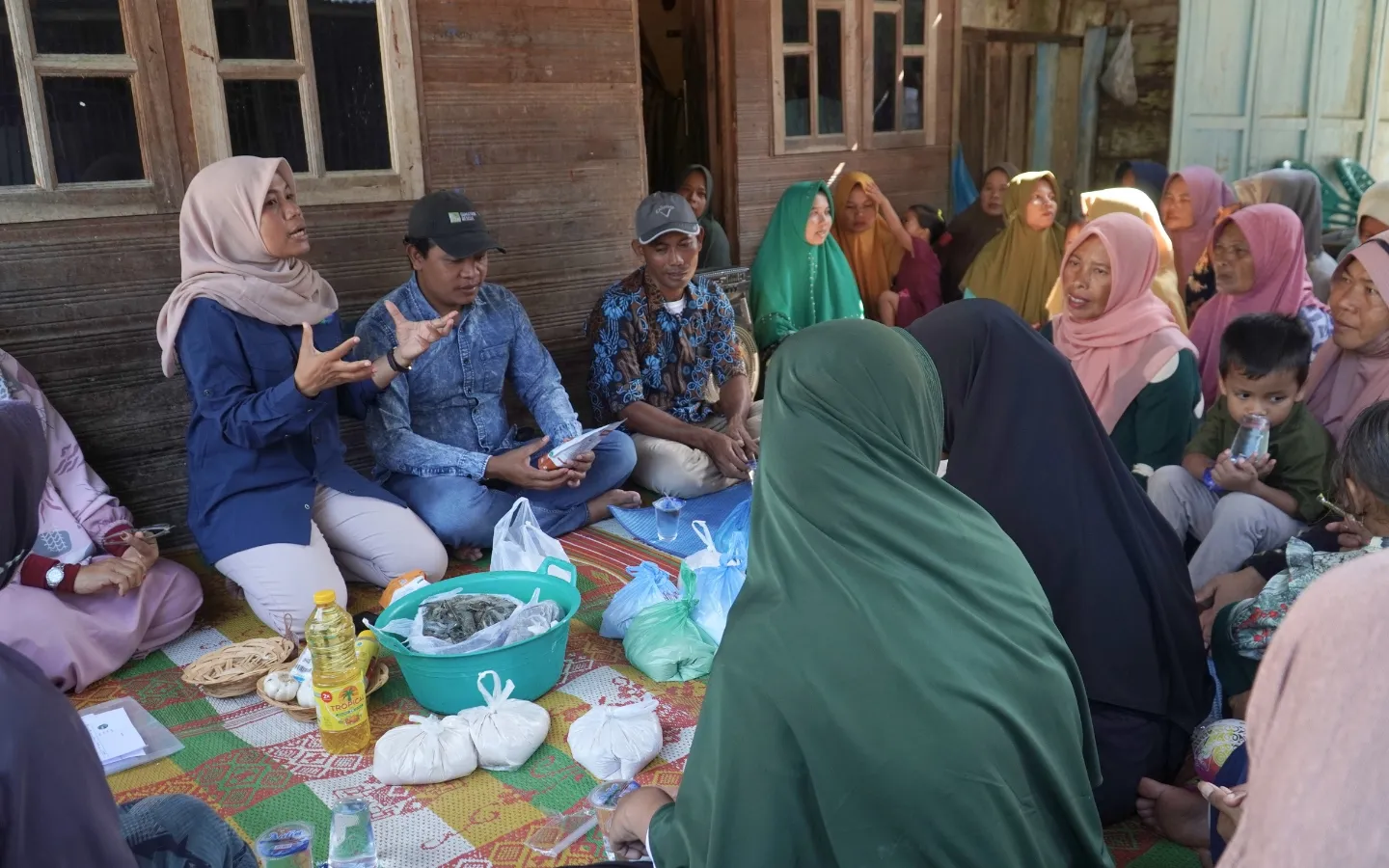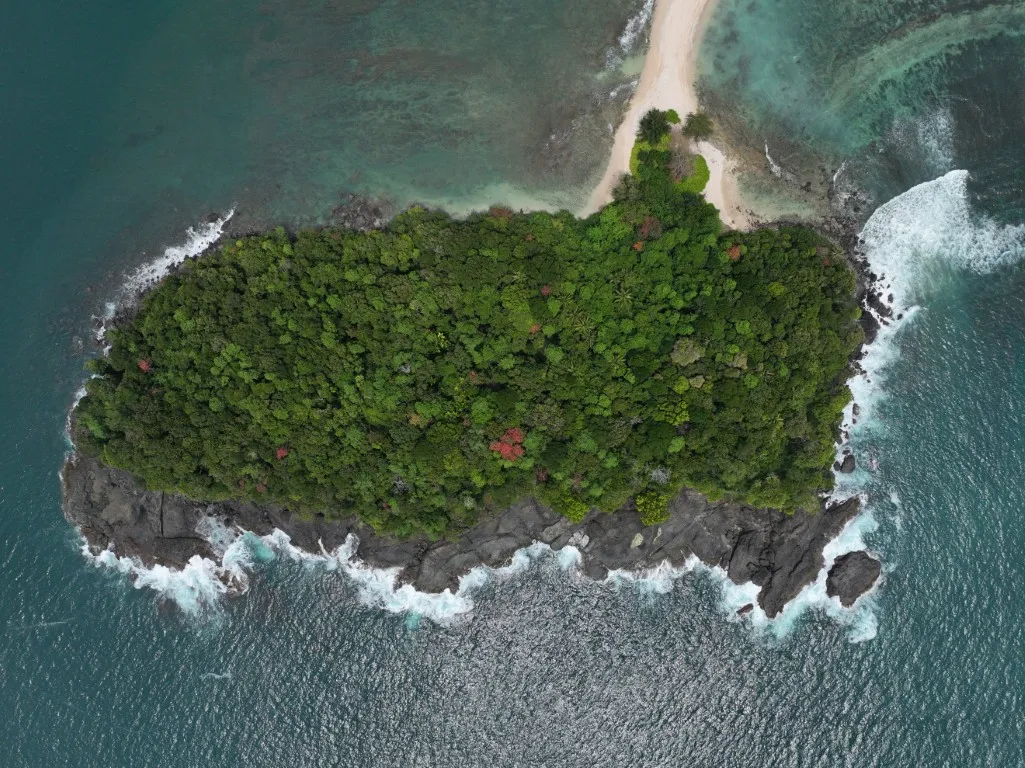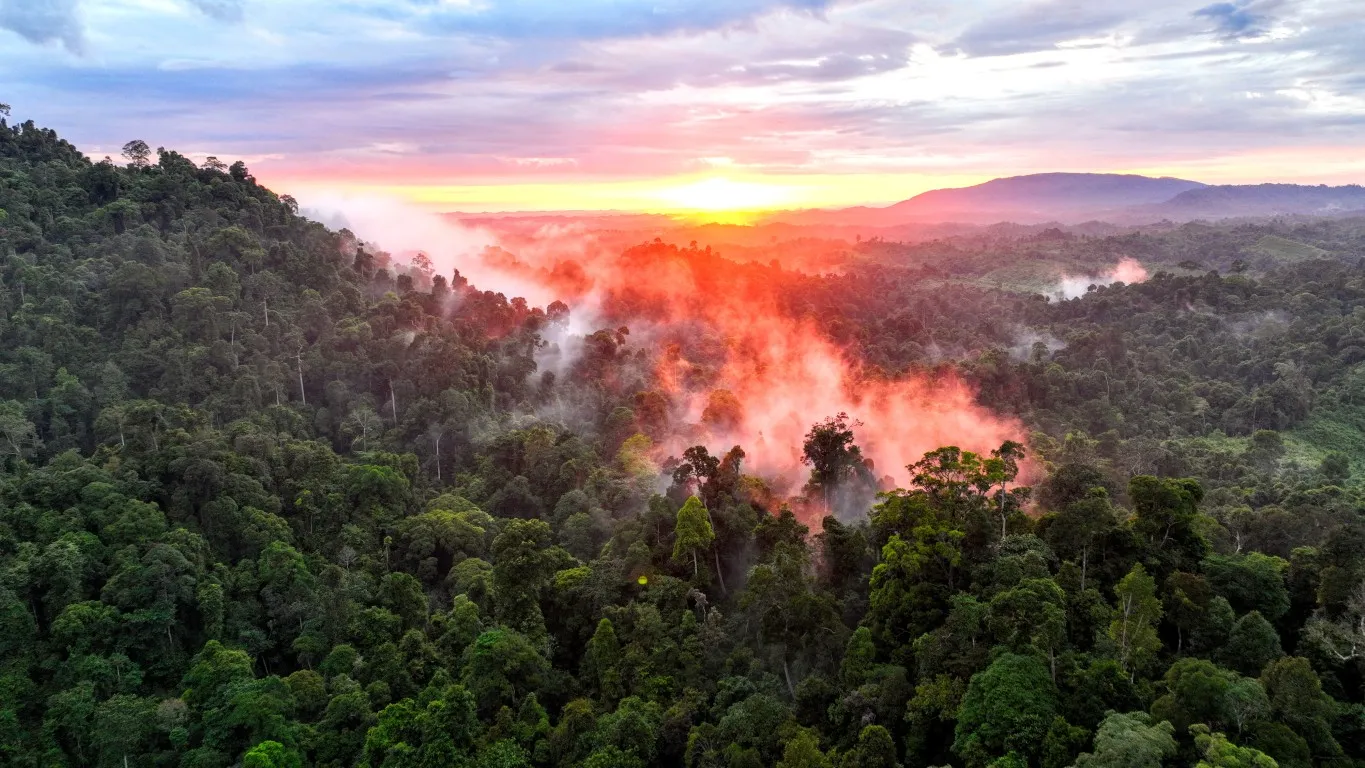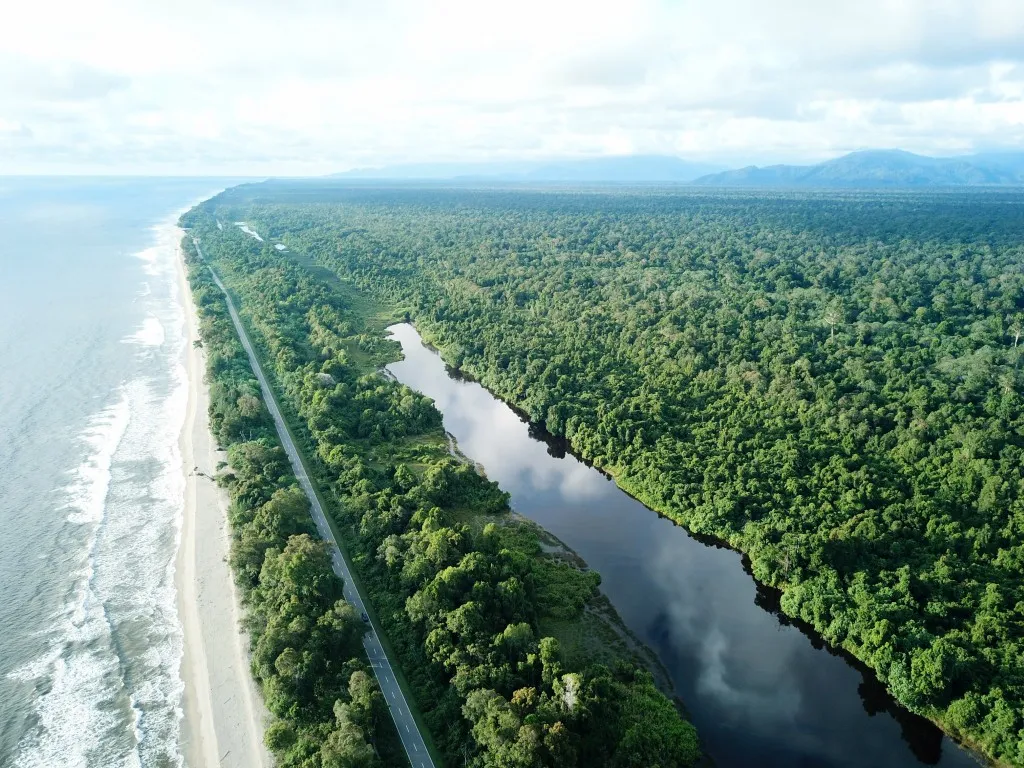On the Ratification of the Boundary of the Leuser Ecosystem Area in Aceh Province.

EAST ACEH – The East Aceh District Government together with the Aceh Forest, Nature and Environment Foundation (HAkA) and Canopy Planet are committed to developing sustainable ecotourism areas for the future.
Badrul Irfan, Secretary of the HAkA Foundation, stated that the development of responsible tourism or ecotourism in the Leuser Ecosystem Area (KEL) is a shared responsibility, both morally and commercially.
Part of East Aceh is part of KEL, which is a National Strategic Area (KSN) with an environmental carrying capacity function. KEL is one of the world’s important areas that is the habitat for four large mammals, namely Elephants, Tigers, Rhinos and Orangutans which are endangered so they are protected by law.
In addition, KEL is also an important ecosystem area that is very rich in biodiversity and unique landscapes, as well as a buffer for the Gunung Leuser National Park (GLNP) which has the status of the Tropical Rainforest Heritage of Sumatra (TRHS) designated by UNESCO.
Because of its role as a buffer for the biodiversity found in GLNP, the role of KEL is not only important at the regional level, but KEL is also important at the national, even international level.
HAkA Foundation and Canopy Planet are currently developing the Leuser Ecosystem Ecotourism Master Plan. So that in the future, the Leuser Ecosystem Area (KEL), especially those in the East Aceh administrative area, is expected to be maintained and the communities around the area can prosper through ecotourism.
“Apart from being beneficial for nature conservation, the development of ecotourism can also improve the economy, empower local communities and be able to minimize disasters such as floods, droughts, landslides and so on,” said Badrul Irfan during a meeting with the East Aceh District Government in Idi, Monday (15/7/2024).
Ecotourism expert of the non-profit organization Canopy Planet, Jeffrey Michael Robbins or familiarly called Mike added, the development of responsible ecotourism is the same as protecting the environment that can provide benefits many times over. Conversely, the benefits obtained by destroying the environment can only be enjoyed once.
He cited the example of Costa Rica, which was named an Earth Champion by the UN in 2019 for its direct role in protecting nature and combating climate change. The country of just over 5 million people is popular for putting environmental issues at the forefront of its political and economic policies.
Sustainable ecotourism management has made Costa Rica the most visited country in Central America, with tourism revenue tripling to $3.3 billion per year in the two decades before the Covid-19 pandemic.
In addition, international funding to conserve forests to capture atmospheric carbon dioxide is increasing. Costa Rica became the first Latin American country to benefit from the World Bank’s Forest Carbon Partnership Facility, receiving $16.4 million in 2018 and 2019.
“In the future, the community will be the main actors, so they will realize how potential sustainable ecotourism is for the future. The community will not be marginalized like some foreign countries that implement a mass ecotourism system whose profits actually flow to the outside (developers), not to the community,” he explained.
Assistant for Economic and Development of East Aceh, Dr. Darmawan Ali, ST, MSD, welcomed the visit and the plan offered, because it is in line with the district government’s plan to create East Aceh as a Potential Ecotourism Area.
“We strongly support this collaboration plan because it is in line with our long-held goal to develop ecotourism. We have enormous potential, such as in Simpang Jernih and Serbajadi. There are tame elephants in CRU Bunin, Lokop River water tourism that can be used for rafting and tubing, the Sumatra Rhino Sanctuary (SRS) area which is still under construction, several waterfall spots and so on,” Darmawan Ali said.
The East Aceh district government, he added, is also currently preparing a Long-Term Development Plan (RPJP), Regional Medium-Term Development Plan (RPJM) and revised spatial planning. Then also the Environmental Protection and Management Plan (RPPLH) so that it will be easy to synchronize with the ecotourism development plan.
While the Head of the East Aceh Tourism, Youth and Sports Office (Disparpora), Syahril, S.STP, M.AP admitted, the preparation of ecotourism development has been compiled since 2015. The target is that in 2025 a Regional Regulation (Perda) or Qanun will be established.
“One of them is Lokop, which is part of our plan for ecotourism development that we have started since 2015. We are targeting 2025 to become a regional regulation. Both from ecotourism on the coast, the Leuser Ecosystem Area, and other areas that attract outside tourists,” he said.
In supporting Qanun that benefits the local community, the Government has several times made training on ecotourism development, such as bringing in presenters from villages that have successfully developed Ecotourism in their area.
“We continue to strive so that the development of ecotourism is synchronized with community support related to the development of tours that have high value. We welcome this extraordinary plan and we are also ready to realize the commitments that are the discussion points in this meeting,” concluded Syahril.



